Paolo Fergola, Florinda Capone, Maurizio Gentile, Gabriele Guerriero9789812560773, 98-1-256-077-7
Table of contents :
CONTENTS……Page 10
Preface……Page 6
Conference Committee……Page 8
1 Introduction……Page 12
2 The mathematical model……Page 13
3 Time-discretization procedures……Page 17
4 Identification of the source……Page 20
References……Page 21
1 Introduction……Page 23
2 Notation and basic definitions……Page 25
3 Elliptic-parabolic tensors on Rn……Page 26
4 Commutation relations……Page 27
5 Elliptic metric tensors……Page 28
7 Elliptic-parabolic tensors as conformal Killing tensors……Page 31
References……Page 32
1 Considerazioni preliminari……Page 35
2 Le leggi costitutive. Le equazioni indefinite di equilibrio…….Page 36
3 Determinazione di un insieme di soluzioni delle equazioni di equilibrio e delle relative condizioni al contorno……Page 38
4 Genesi di una distorsione……Page 43
References……Page 44
1 Introduction……Page 45
2 The basic model……Page 46
3 Weak formulation……Page 50
4 An alternative model……Page 52
6 Conclusions……Page 54
References……Page 55
1 Introduction……Page 56
2 Steady, Unsteady, and Perturbation Problems…….Page 57
3 Analogous Estimate for a Steady Diffusion Problem in a Right Cylinder……Page 61
5 Appendix……Page 63
References……Page 64
1 The Cosmological Principle……Page 65
2 The Intrinsic Geometry of the Fluid u……Page 66
3 The Metrics for u in polar coordinates in Cases S3 and PS3……Page 67
4 Case E3 and Hubble’s Law……Page 68
5 On the Metrics of u in Cases E3, S3 and PS3……Page 69
6 The Intervention of the Velocity of Light……Page 71
7 The Velocity c and the Law of Composition for Velocities……Page 72
8 The Law of Composition for Velocities and the Hubble Sphere……Page 73
9 About Cosmography and the Deduction of the Function R(t)……Page 74
10 The Local Character of Special Relativity in Cosmology……Page 75
11 The Deduction of the Friedmann-Robertson-Walker Metric……Page 76
12 The Deduction of (7.1) in the Relativistic Context. The Minkowski Metric……Page 77
References……Page 78
1 Basic lexicon of classical statistical mechanics for spin systems……Page 79
2 Phase transitions……Page 81
3 Amorphous magnetic materials (spin glasses)……Page 82
4 Thermodynamic limit……Page 85
References……Page 87
2 Kinematical Premises……Page 88
3 Dynamics……Page 90
4 Gyroscopic Case……Page 91
References……Page 93
1 Introduction……Page 94
2 Equation P( ) + Q( )e- T = 0……Page 95
3 Equation P( ) + Q( )e -r + R( )e-2 r = 0……Page 96
4 Equation P(, r) + Q(, r)e-r = 0……Page 97
5 Equation P(, r ) + Q(, r)e-r + R(, r)e-2r = 0……Page 103
References……Page 105
1 Introduction……Page 106
2 Basic equations and linear Benard problem……Page 107
3 Critical Rayleigh curves……Page 109
4 Linear energy stability……Page 112
References……Page 116
1 Introduction……Page 118
2 Kinetic equations and their properties……Page 119
3.1 Approximation of the elastic terms……Page 123
3.2 Approximation of the inelastic terms……Page 124
4 The BGK-type model……Page 126
5 A numerical test……Page 127
References……Page 131
1 Introduction……Page 132
2 The stability problem……Page 133
3 Nonlinear stability results in the BQnard problems: Rionero’s contributions and some new results……Page 135
References……Page 141
2 Preliminaries……Page 143
3 Multilattice kinematics……Page 144
4 Phase changes in a wt-nbhd……Page 148
5 The case of -quartz……Page 151
References……Page 156
1 Introduction……Page 158
2.1 Standard Doctrine……Page 159
2.2 Contact Power, Distance Power, and Contact Flux……Page 160
3.1 Grade-I Elasticity……Page 161
3.2 Grade-2 Elasticity……Page 162
4 Contact Flux and Stress(es) Associated with Null Lagrangians……Page 163
4.1 Grade-1 Null Lagrangaans……Page 164
4.2 Grade-2 Null Lagrangians……Page 165
References……Page 167
1 Introduction……Page 168
2 Mass conservation……Page 169
3.1 Production and destruction……Page 172
3.2 Mass fluxes……Page 174
4.1 Momentum balance……Page 175
4.2 Specific assumptions……Page 176
5 A different approach……Page 177
5.2 Chemical potential……Page 178
5.3 A numerical simulation……Page 180
References……Page 181
1 Introduction……Page 183
2 Equations of Motion……Page 184
2.1 Flow between two plates rotating about non-coincident axes…….Page 185
2.2 Torsional Flow……Page 190
References……Page 194
1 Introduction……Page 195
2 Basic properties of the fundamental solution……Page 196
3 Linear evolution and explicit behavior……Page 198
4 Estimates for non linear problems……Page 201
References……Page 202
1 Structural model……Page 204
3 Bilateral constraints……Page 208
4 Korn’s inequality……Page 210
5 Basic theorems……Page 211
6 Boundary value problems……Page 212
References……Page 215
1 Introduction……Page 216
2.2 The Kawashima condition……Page 217
2.4 Kawashima Condition for the mixture……Page 218
4 Shock Waves……Page 220
4.1 Sonic Shock……Page 221
4.2 Diffusive Shock……Page 222
4.3 Characteristic Shock……Page 223
References……Page 224
1 Introduction……Page 226
3 Energy stability and porous convection……Page 227
References……Page 228
1 Introduction and the Model……Page 230
2 Differentiation among species by carrying capacity……Page 232
3 Differentiation among species by carrying capacity and intrinsic growth rate……Page 235
4 Conclusions……Page 243
References……Page 244
1 Introduction……Page 245
2 Extremal distributions and Wasserstein-type metrics……Page 246
3 Porous medium equations……Page 248
4 Nonlinear friction equations……Page 250
5 Nonlinear friction equations with viscosity……Page 252
6 Degenerate convection-diffusion equations……Page 253
Acknowledgments……Page 254
References……Page 255
Opening Talks……Page 256
Acknowledgements……Page 274
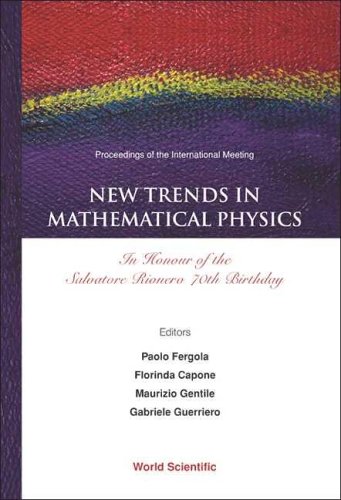
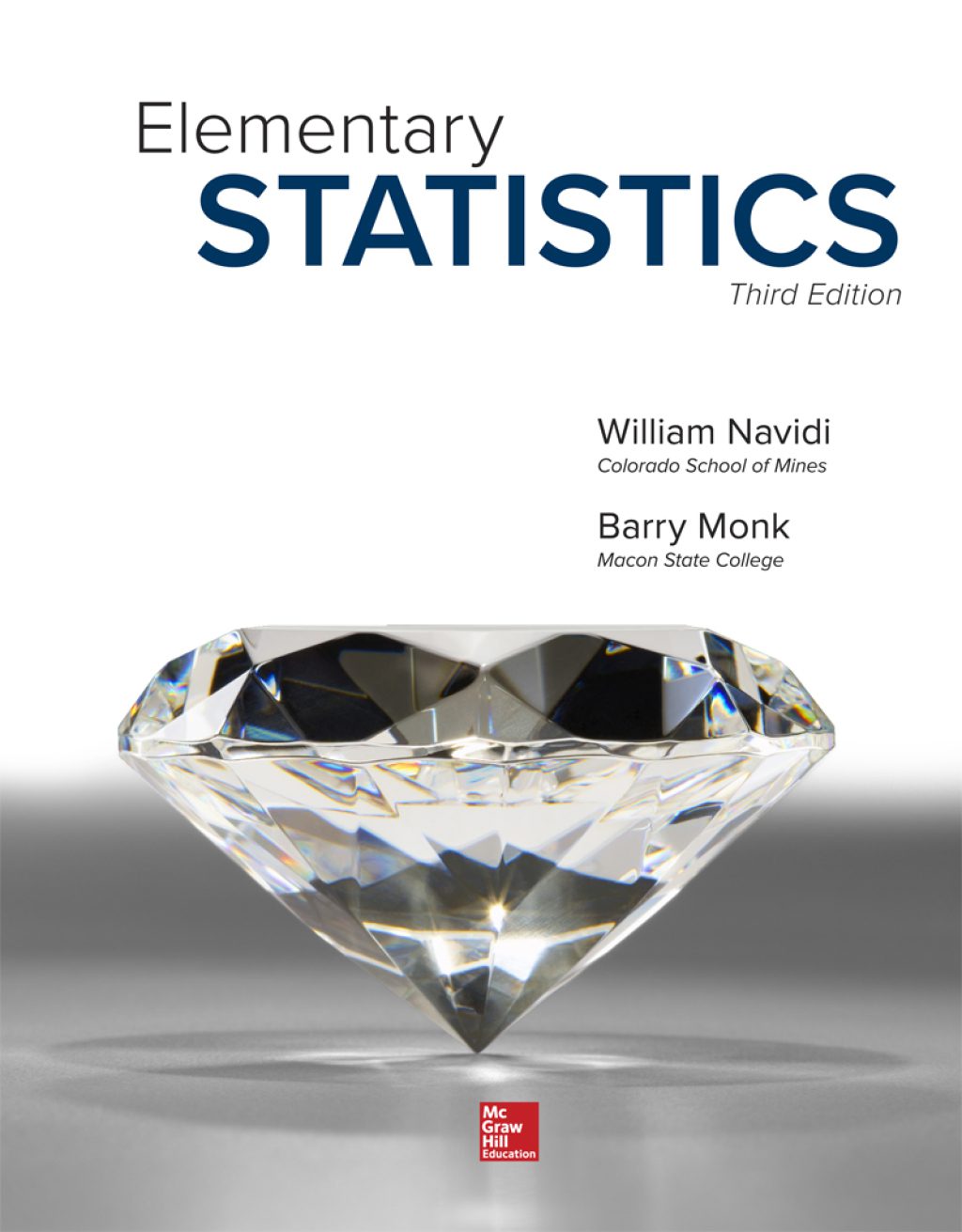
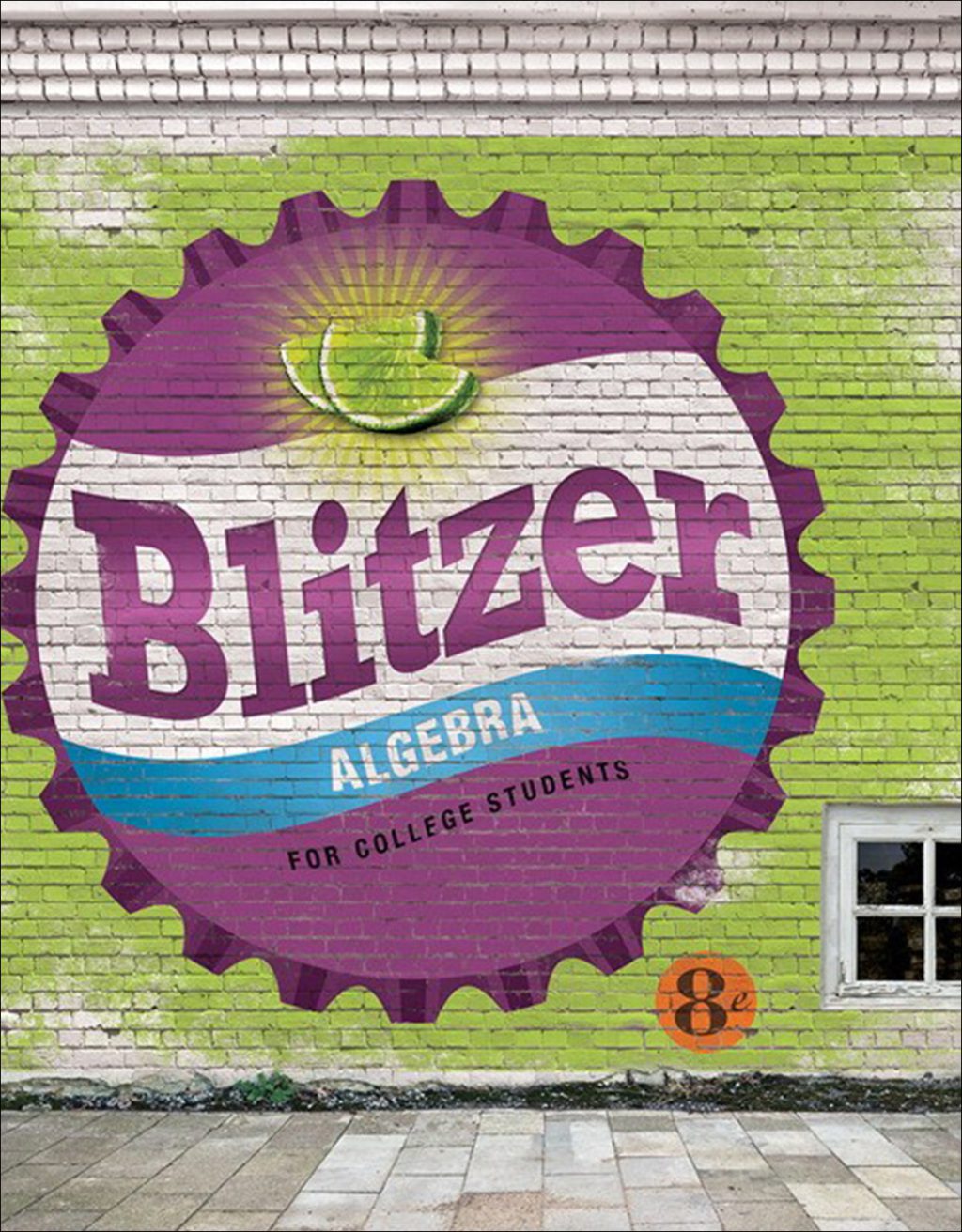

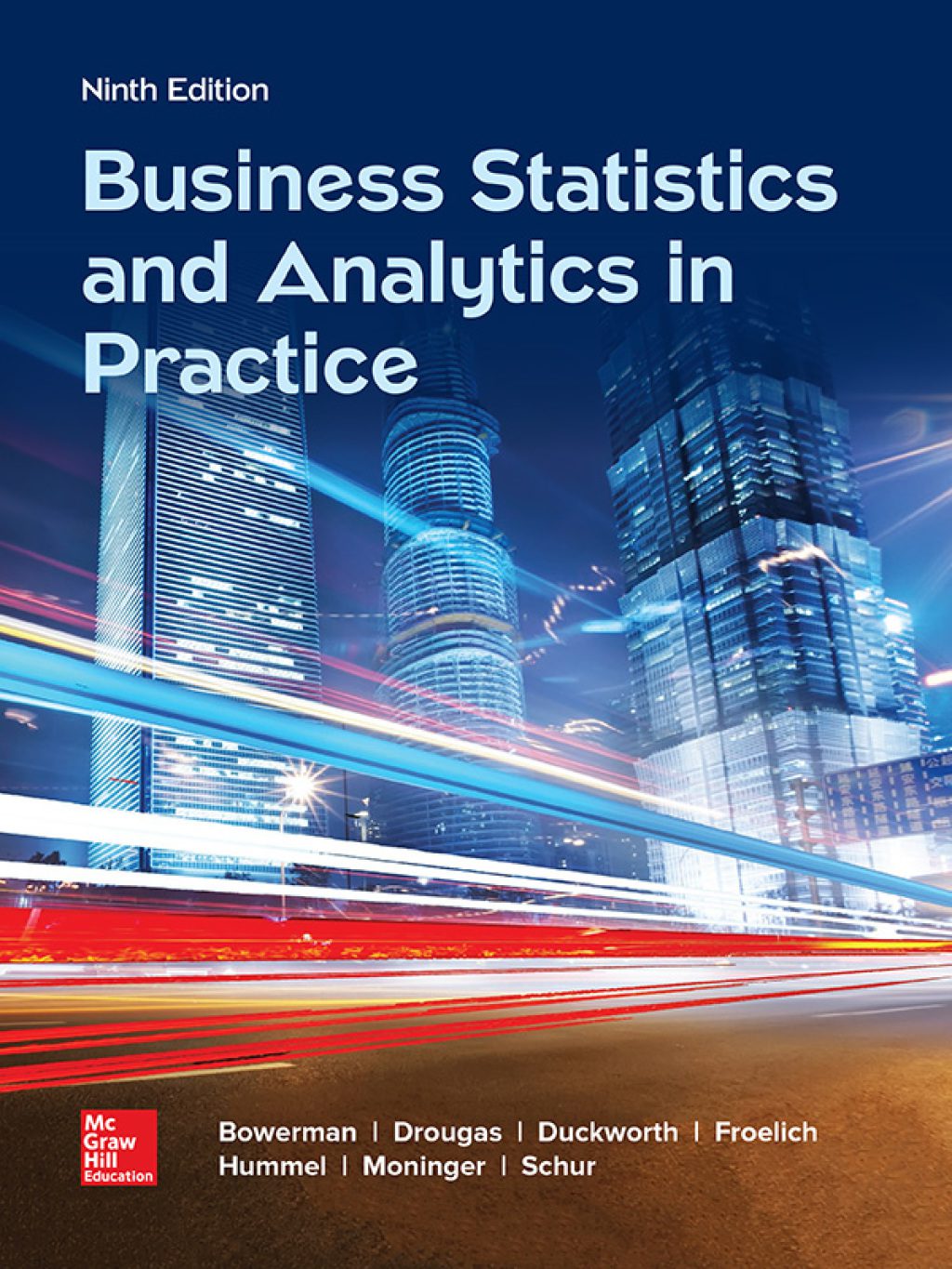
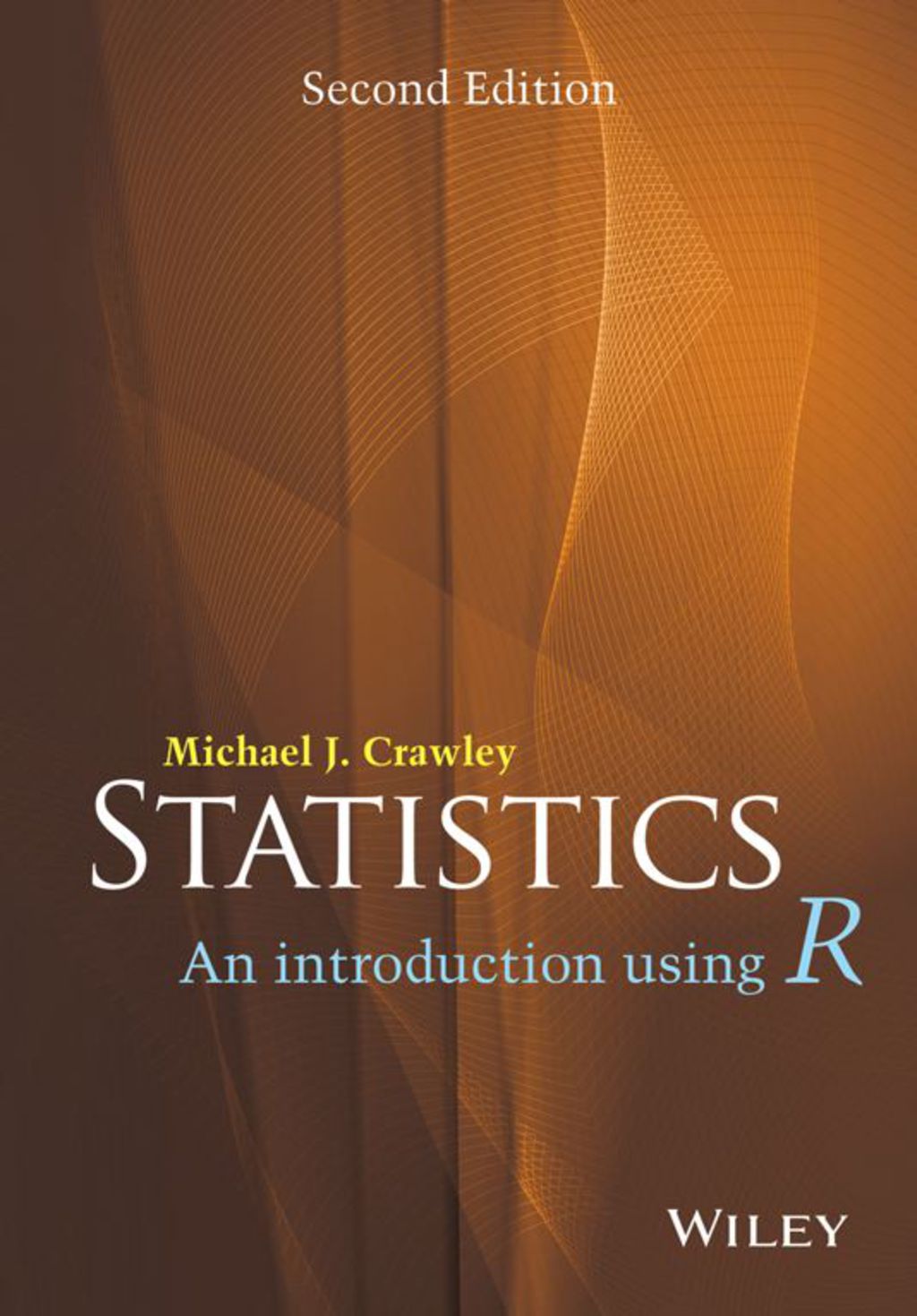
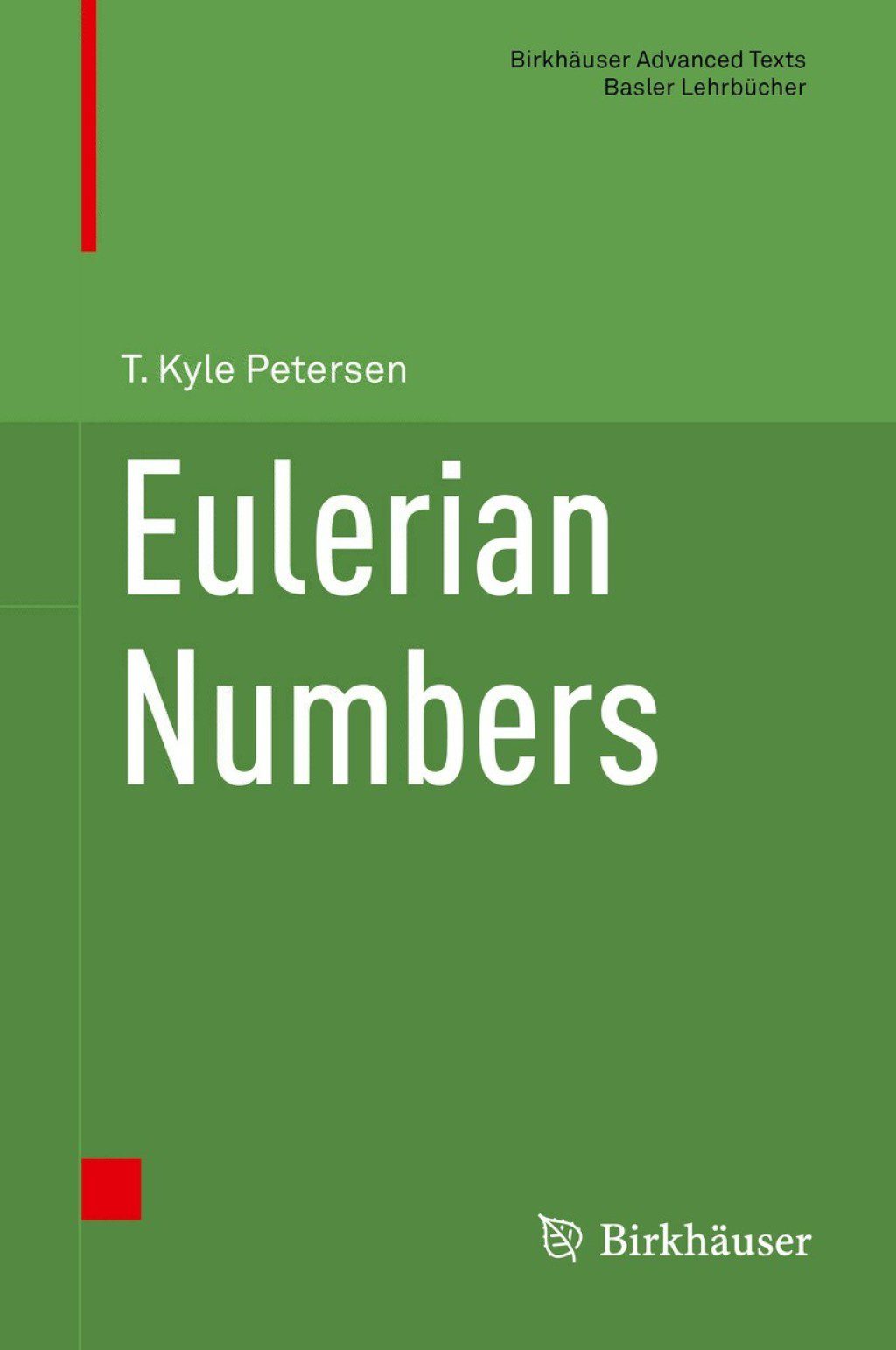
Reviews
There are no reviews yet.